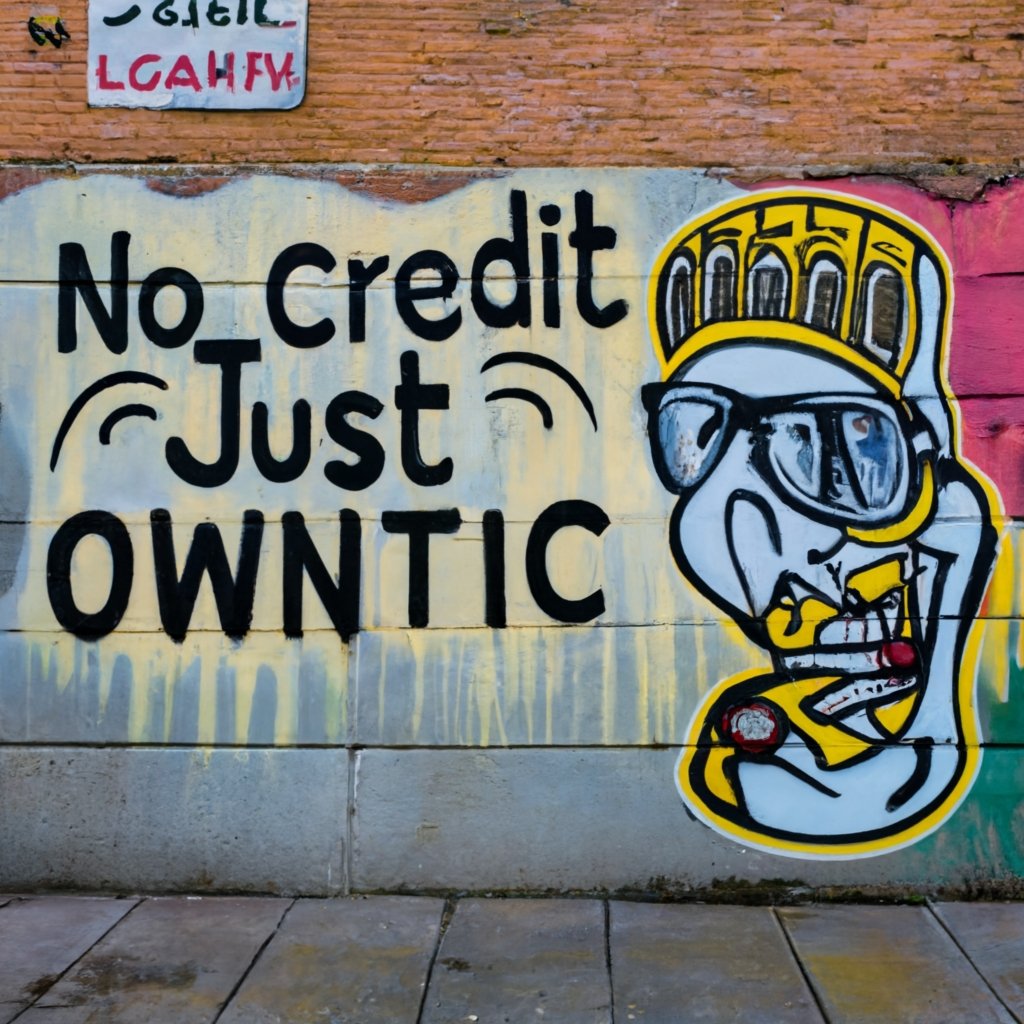As we enter 2025, Americans’ saving habits have undergone a significant transformation in the post-pandemic era. While the personal saving rate has stabilized around 4.5%—recovering from its historic lows in 2022—factors like inflation, the digital banking revolution, and economic uncertainties continue to reshape saving strategies.
The New Reality of Savings in 2025
The U.S. saving rate remains volatile, reflecting broader economic pressures:
- Digital banking dominance: 67% of Americans now use neobanks or fintech apps, drawn by AI-powered tools and automated savings features.
- Interest rate impact: The Fed’s rate cuts in late 2024 boosted borrowing but reduced yields on savings accounts, pushing savers toward alternatives.
- Digital banking dominance: 67% of Americans now use neobanks or fintech apps, drawn by AI-powered tools and automated savings features.

Why Are Americans Struggling to Save?
- The “Buy Now, Pay Later” Trap: BNPL usage has doubled since 2022, with 43% of millennials using it for daily expenses—eroding disposable income.
- Shrinking Emergency Funds: 29% of households have less than $1,000 in savings (up from 24% in 2023), per a recent Federal Reserve report.
- Gig Economy Pressures: With 38% of workers now freelancing, inconsistent cash flow makes saving harder.
Winning Strategies for 2025
- AI-Optimized Savings: Apps like Qapital and Digit analyze spending to auto-save small amounts—users save 20% more on average.
- High-Yield “Stealth” Accounts: Fintechs offer 5-6% APY on cash-like accounts (e.g., Wealthfront’s Cash Card).
- Micro-Investing: Round-up apps (Acorns, Stash) now let users invest spare change in ETFs or crypto.
The Bottom Line
The rules of saving have changed: automation, fintech partnerships, and flexible options are key. As economist Claudia Sahm notes, “The $400 emergency fund benchmark is now $1,500—adapt or risk fragility.”
Your Move: Audit your savings mix today. Could AI or a high-yield account give you an edge?



